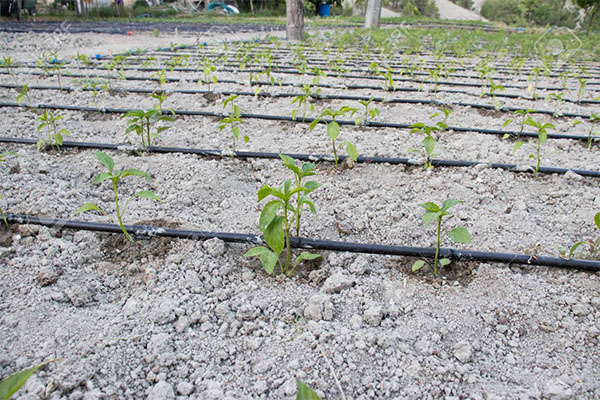Water-saving irrigation is an irrigation method that has been promoted in many countries, including modern irrigation methods such as drip irrigation, micro-spray irrigation, infiltration irrigation, and sprinkler irrigation. It is necessary to make a reasonable design according to the water demand characteristics, growth stages, climate, soil conditions, etc. of the corresponding plants, and develop a corresponding irrigation system, timely, appropriate and reasonable irrigation.
Water-saving irrigation can achieve local precise irrigation. In addition to supplementing soil moisture to meet the needs of plant growth, fertilizers and pesticides can be dissolved in the water, and modern fertilizer application equipment such as fertilizer injection pumps can be used for fertilizer application. It can also avoid soil salinization. For soils that have already experienced salinization, irrigation can be used to flush the soluble salts in the soil to improve the soil. In addition, water-saving irrigation can also prevent the frost of fruit trees and vegetables, prevent the harm of hot and dry wind, and prevent wind erosion in the soil.
Advantages of water-saving irrigation
Water-saving irrigation can effectively maintain the good condition of the water, fertilizer, gas, heat and other phases in the soil. Lack of funding and awareness, there is still a lot of work that industry peers need to do.
Since modern times, with the rapid increase of the population and the increasingly developed economy, the prominent contradiction between water supply and demand has also reflected the worldwide irrigation industry. In addition, there are problems such as further reducing construction and operating costs, improving irrigation benefits, and preventing salinization and swamping of irrigated land.

